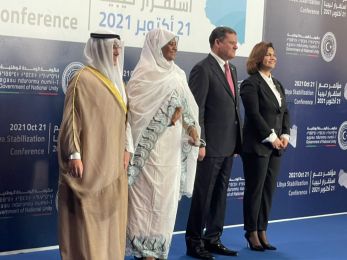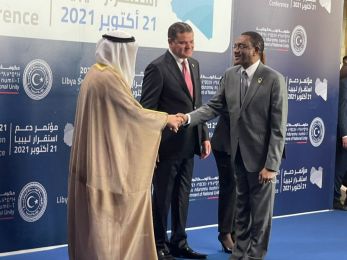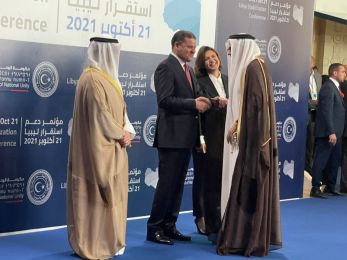VAO/M S
Panafrican News Agency
Review of elephants without borders 2018 dry season aerial survey of elephants and wildlife in northern Botswana report
Gaborone, Botswana (PANA) -
The Botswana Ministry of Environment, Natural Resources Conservation and Tourism says it has has received a report of the 2018 aerial survey of elephants and other wildlife species in northern Botswana undertaken by Elephants Without Borders.
It said although the Department of Wildlife and National Parks participated in the conduct of the survey through backup of one officer; it was not involved in the analysis and report writing. A review of methodology used in the survey indicates that it is sound and was based on established methodology for flying aerial surveys using transects.
"We, however, have concerns about the blending of several different techniques i.e. sample counts, total counts and reconnaissance flights. The rationale for this is not well explained and we would have expected the authors to provide the raw data as is standard practice to the IUCN African Elephant Specialist Group (AESG), the foremost authority on continental elephant numbers so that it can be independently assessed, says Thato Raphaka Permanent Secretary, Botswana Ministry of Environment, Natural Resources Conservation and Tourism.
It is alleged that the figures reported by the authors in the report on the number of elephants in their survey area is not statistically different from the 2014 survey. The only reasonable conclusion that can be inferred from the authors' statistical analysis is that the population has remained stable between the two surveys.
The results of the survey are at odds with statements attributed to Dr Mike Chase in an interview with BBC.
Botswana Ministry of Environment, Natural Resources Conservation and Tourism says it is regrettable that Dr. Chase, in a report purporting to be scientific, includes an astonishing number of pictures of dead elephants, 63 pages to be precise. This is definitely not standard practice in aerial survey report writing.
By their own admission, only a portion of all carcasses observed during the aerial survey were verified by helicopter.
The authors report that only 33 out of a total of 128 suspected poaching events were actually confirmed by ground verification.
Another interesting point is that the authors reported a carcass ratio of 2percent in 2010 and 7percent in 2014, with 8.1percent reported for 2018. The 2014 figure is almost 4 times higher than the 2010 figure, but the authors did not sound the alarm at the time, says Thato Raphaka.
He says instead at that time, the authors considered Botswana an elephant safe haven. Surely, greater concerns should have been expressed after their 2014 survey than now when the ratio is only slightly higher.
Results from the survey also indicate that sex ratios are not as skewed as one would expect from a population under heavy poaching pressure since large bulls are normally targeted first, an admission made by the authors on pages 17 and 18 of their report.
In fact independent reviewers have raised concern around the authors' interpretation of carcass ratios to arrive at a conclusion that mortality rate has recently increased in Northern Botswana.
"We are under no illusion that poaching remains a threat to Botswana with her large elephant population. Our own statistics and regional trends in recent years bear testimony to this fact. We have always reported transparently on these conservation efforts to the international community. Our elephant population is the largest on the continent, testimony of the great lengths that we have gone to protect this iconic species. We stand ready to work with the international community to ensure that we continue to secure our natural heritage for the nation's posterity. In conclusion, we call upon the authors of the report to immediately submit their raw data to International Union for Conservation of Nature (IUCN) for further independent review in the interest of transparency, says Botswana Ministry of Environment, Natural Resources Conservation and Tourism Permanent Secretary.
-0- PANA MS/VAO 24Feb2019
Tags Report






